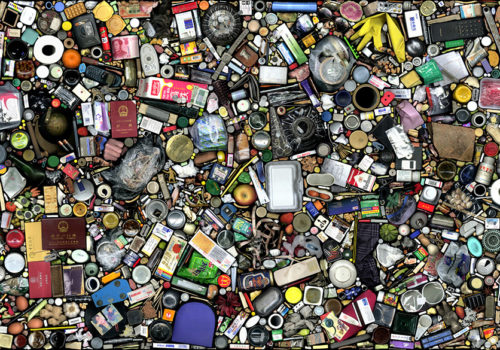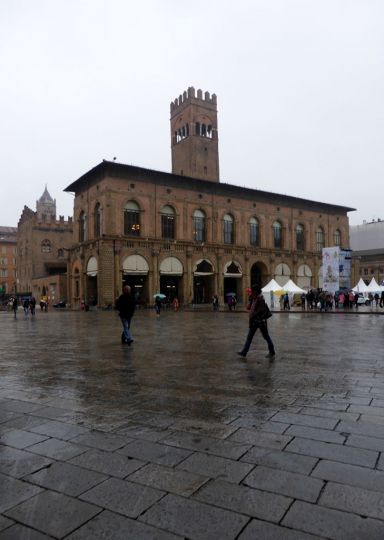My Things. The project that I started in 2001 is a photography series created by scanning objects. I’ve been working on this project for 12 years. 12 years, in the Chinese traditional concept, represents the period of transmigration in cycles of different fates and destinies. The process of producing works for this series is an assignment associated with one’s life trace.
Day by day, I put my daily consumed objects into a scanner piece by piece, like keeping a visual diary. After scanning the original objects, I save them in digital forms and categorise these digital files in different folders in my PC, in order to make a collage of them later on. This task, like a yogi’s daily practice, has become a habit in my day-to-day life as well as a tool to observe the human condition in contemporary consumer society.
The very action of scanning, through which an intimate relationship between objects and human beings is established, embodies an accurate objectivity, a reducibility and a sense of evidence. Through this practice, I gathered fundamental data of contemporary life and made an inventory of vital social essence through personal experience, so as to generate a retrospective and self-analysing volition.
Contemporary consumerism embodies a concept of ideology, a political and economic collusion strategy; these values were somehow made very legitimate and logical, as if consumerism had been used as the driving force behind social development and stability.
A big part of our consumer demand is a result of social needs; it allows us to act “eraappropriately”. Reality continues to inspire our desires; we, as human beings have already established an interdependent relationship with substances, a relationship so strong its formation is almost inevitable. Nevertheless, this is what our civilization was built upon.
Scan. Since 2001, I’ve started scanning objects to create photography artworks. I noticed that the electronic scanning technique is utterly distinguished from cameras. To utilize the former technique, the artist has to hoard and select items and then to obliterate the distance between human beings and objects, as well as between objects and machines, which is different from the necessary space between a camera and its objects.
The lens of a camera serves as a surrogate of human sight, while scanning offers a “feeling” of pasting on the objects. The lens of a scanner reveals the reverse side of what we see; moreover, it visually flattens the items, just like the condition of rubbing. Besides, scanning is the most rigid approach to reveal the real size of objects. Consequently, it objectivelyb possesses entirety and convincing evidence.
I attempt to imbue my undertakings with aesthetical investigations.
Hong Hao
Hong Hao is represented by Pace Beijing Gallery
FESTIVAL
Hong Hao, Beijing, China
“MY THINGS”, “BOTTOM”
From October 3rd to November 1st, 2015
Foto/Industria
MAMbo, Museo d’Arte Moderna di Bologna
Via Don Minzoni, 14
Bologna
Italy

















